British Airways goes aircraft shopping – what will replace its Boeing 777 fleet?
Links on Head for Points may support the site by paying a commission. See here for all partner links.
Last week, Bloomberg reported (paywall) that British Airways and Iberia parent International Airlines Group (IAG) was in contact with Airbus and Boeing about further widebody aircraft purchases.
These days fleet decisions are made at the group level, with each airline having to make their case to IAG as to why they deserve investment in new aircraft.
In theory pooling orders should allow for better bulk discounts with manufacturers, although in reality IAG does not seem to make the same gigantic single-order purchases that are often announced by other airlines. A recent top-up order of six Boeing 787-10s for BA is indicative of this.
The current shopping spree, however, appears to be solely for BA, with Bloomberg reporting that “IAG is seeking to replace older 777s at its British Airways unit.”
This shouldn’t come as a surprise to anyone. If anything, it’s surprising that it has taken this long.
With covid travel restrictions a thing of the past, airlines all over the world have been racking up orders for hundreds of aircraft as they try and replace the capacity they lost during covid. With BA’s Boeing 777-200ER fleet nearing an average age of 24 years (some are turning 27 soon) it was only a matter of time.
BA’s fleet before and after covid
Prior to the pandemic, British Airways operated 135 long haul aircraft comprising:
- 32 Boeing 747-400 (275-337 seats)
- 45 Boeing 777-200ER
- 12 Boeing 777-300ER
- 12 Boeing 787-8 (214 seats)
- 16 Boeing 787-9 (216 seats)
- 1 787-10 (256 seats)
- 12 A380 (469 seats)
- 5 Airbus A350-1000 (331 seats)
Things changed dramatically during covid, with the retirement of all 32 Boeing 747s in July 2020. That singlehandedly wiped out 23% of its long haul fleet and a larger percentage of its overall capacity, given that the 747s were some of their largest aircraft by seat count.
Since then, the long haul fleet has recovered slightly with the arrival of further A350s and 787-10s. Fundamentally, however, BA remains a smaller airline than it was in early 2020 with just 122 aircraft as of October 2023:
- 43 Boeing 777-200ER
- 16 Boeing 777-300ER
- 12 Boeing 787-8 (214 seats)
- 16 Boeing 787-9 (216 seats)
- 7 787-10 (256 seats)
- 12 A380 (469 seats)
- 16 Airbus A350-1000 (331 seats)
Still to arrive are two more A350s, completing the fleet with 18 aircraft, as well as 11 more 787-10s. Also on order are 18 Boeing 777-9X, the next generation 777, now due to arrive no earlier than 2026.
Once all firm orders are delivered, it would leave the long haul fleet at 153 – just shy of 20 aircraft larger than in early 2020.
Of course, this does not take into account the increasing age of the Boeing 777 fleet. The earliest examples will be turning 30 in just a few years; the youngest in the fleet will be 21 by 2030.
Whilst BA has long had an older fleet (Virgin Atlantic’s average aircraft age is half that of BA, at around 7 years) it cannot fly these aircraft indefinitely. Maintenance checks will get increasingly expensive whilst fuel costs are only likely to rise.
Further on the horizon you’ll also find the retirement of the A380 fleet. The oldest of these turned ten this year, so they still likely have a good 10-15 years in them at least.
There’s no doubt then that BA needs some new aircraft, and preferably soonish.
What’s on the menu, British Airways?
For now, there is no indication as to which direction BA will go. It appears that discussions are ongoing with both Airbus and Boeing and engine manufacturers Rolls Royce and GE.
It seems the order is for at least 20 aircraft, according to Bloomberg.
BA already has a diverse long haul fleet so it is exceptionally unlikely that it will add a new aircraft type. This leaves the 787, 777X or A350 as the likeliest options.
In terms of capacity, BA is currently refurbishing its Boeing 777-200ER fleet with its new business class cabins. These aircraft feature between 235 and 272 seats overall; about half of them feature a First cabin with eight seats, hence the lower overall seat count.
Looking at seat counts, the most obvious replacement would be the 787-9 (216 seats), 787-10 (256 seats) or the A350-900.
Whilst BA doesn’t operate this variant of the A350 yet, it is part of the A350 family which BA already flies. In fact, the A350-900 may be the closest replacement in terms of capacity. Other airlines such as Singapore Airlines, Finnair and IAG sister airline Iberia feature between 250 and 350 seats on this aircraft in a three cabin configuration, so it would be a very close proxy to the existing 777-200ERs.
One other option, of course, is to go bigger. With Heathrow capacity constrained, the only way for BA to grow is to increase the size of its aircraft or operate more flights from other airports. The former is more attractive as it allows BA to retain the connectivity it has at Heathrow for transiting passengers.
In this case, the choice would be between the 787-10, A350-1000 and the 777-9X.
The 777-9X is arguably too big, although BA could opt for its smaller sibling, the 777-8X. The difference between the A350-1000 and the 787-10, at least in terms of capacity, is very small: the biggest differences here are the range and cargo capacity, with the A350-1000 capable of flying much further and/or carrying more cargo.
Range, however, is not a key metric for BA: the majority of its flights are less than 11 hours, which the 787-10 can handle perfectly fine. It would require a significant change in strategy for the A350’s range to come into play – not likely given BA’s increasing focus on North America in the past few decades.
There are other considerations, of course. Price and availability will also likely be a key factor. Boeing has recently signed a number of blockbuster deals with airlines including Riyadh Air and Air India for hundreds of 787s. It is struggling to ramp up production as quickly as Airbus has for the A350 following the pandemic, so availability may be constrained for some time.
At the same time Airbus, keen to win some widebody orders back from Boeing, may offer persuasive pricing to sweeten the deal.
Conclusion
This is all speculation, of course.
Whilst it seems clear that more aircraft will be needed, there are no concrete details on which way British Airways will walk. If anything, it will also be using this coverage as a negotiating tool to eke out improved deals from Airbus and Boeing.
Either way, the first aircraft from this potential order aren’t likely to arrive for another 3-4 years at the earliest. When it does, it will be a huge improvement for passengers with a lower cabin altitude across all models helping to reduce jet lag. All three aircraft also feature larger windows.
In the short term, we have the remaining A350 and 787-10 deliveries to look forward to, as well as the completion of the Boeing 777 Club Suite refurbishment which is likely to wrap up in the coming months. This will allow BA to get started on the 787-8s and A380s Club Suite refurbishments.
PS. If you are not a regular Head for Points visitor, why not sign up for our FREE weekly or daily newsletters? They are full of the latest Avios, airline, hotel and credit card points news and will help you travel better.
To join our 70,000 free subscribers, click the button below or visit this page of the site to find out more. Thank you.

How to earn Avios from UK credit cards (August 2025)
As a reminder, there are various ways of earning Avios points from UK credit cards. Many cards also have generous sign-up bonuses!
In February 2022, Barclaycard launched two exciting new Barclaycard Avios Mastercard cards with a bonus of up to 25,000 Avios. You can apply here.
You qualify for the bonus on these cards even if you have a British Airways American Express card:

Barclaycard Avios Plus Mastercard
Get 25,000 Avios for signing up and an upgrade voucher at £10,000 Read our full review

Barclaycard Avios Mastercard
Get 5,000 Avios for signing up and an upgrade voucher at £20,000 Read our full review
There are two official British Airways American Express cards with attractive sign-up bonuses:
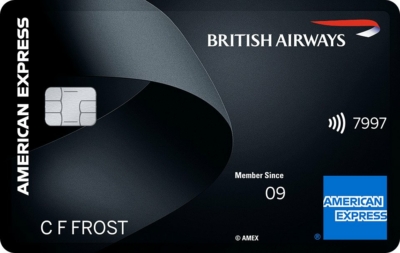
British Airways American Express Premium Plus Card
30,000 Avios and the famous annual Companion Voucher voucher Read our full review
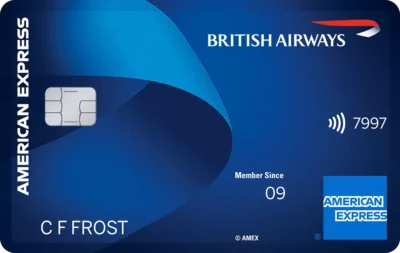
British Airways American Express Credit Card
5,000 Avios for signing up and an Economy 2-4-1 voucher for spending £15,000 Read our full review
You can also get generous sign-up bonuses by applying for American Express cards which earn Membership Rewards points. These points convert at 1:1 into Avios.

American Express Preferred Rewards Gold Credit Card
Your best beginner’s card – 20,000 points, FREE for a year & four airport lounge passes Read our full review

The Platinum Card from American Express
50,000 bonus points and great travel benefits – for a large fee Read our full review
Run your own business?
We recommend Capital on Tap for limited companies. You earn points worth 0.8 Avios per £1 on the FREE standard card and 1 Avios per £1 on the Pro card. Capital on Tap cards also have no FX fees.

Capital on Tap Visa
NO annual fee, NO FX fees and points worth 0.8 Avios per £1 Read our full review

Capital on Tap Pro Visa
10,500 points (=10,500 Avios) plus good benefits Read our full review
There is also a British Airways American Express card for small businesses:

British Airways American Express Accelerating Business Card
30,000 Avios sign-up bonus – plus annual bonuses of up to 30,000 Avios Read our full review
There are also generous bonuses on the two American Express Business cards, with the points converting at 1:1 into Avios. These cards are open to sole traders as well as limited companies.

The American Express Business Platinum Card
50,000 points when you sign-up and an annual £200 Amex Travel credit Read our full review

The American Express Business Gold Card
20,000 points sign-up bonus and FREE for a year Read our full review
Click here to read our detailed summary of all UK credit cards which earn Avios. This includes both personal and small business cards.



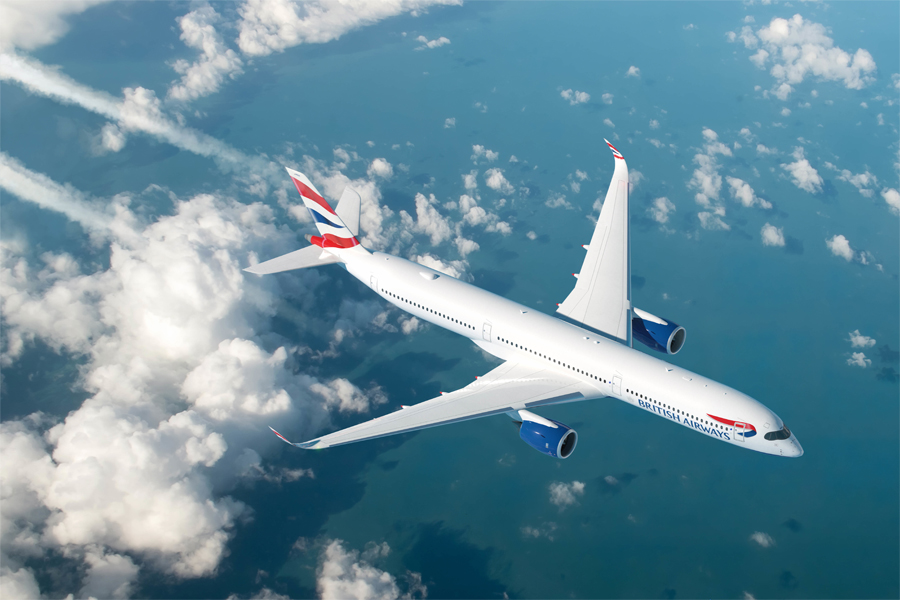
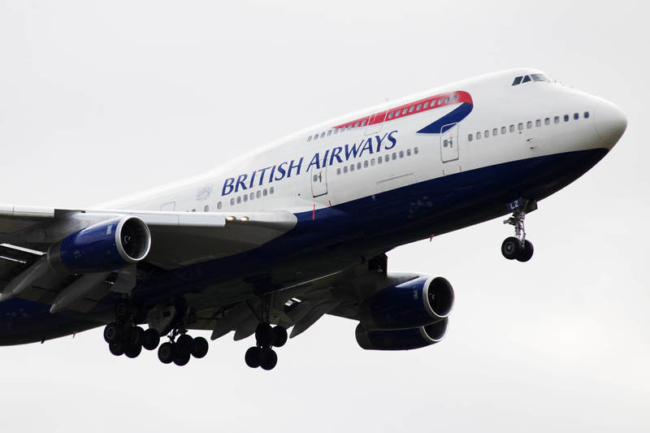
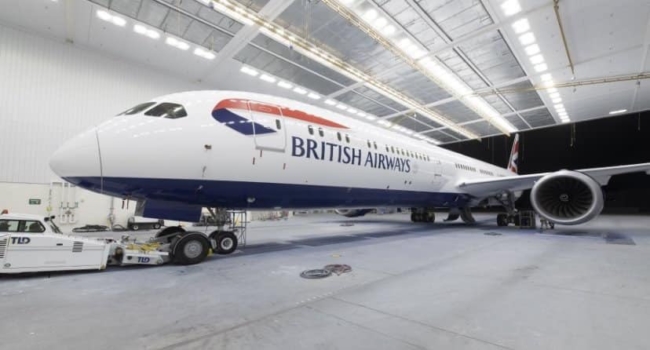
 Rhys
Rhys 





Comments (114)